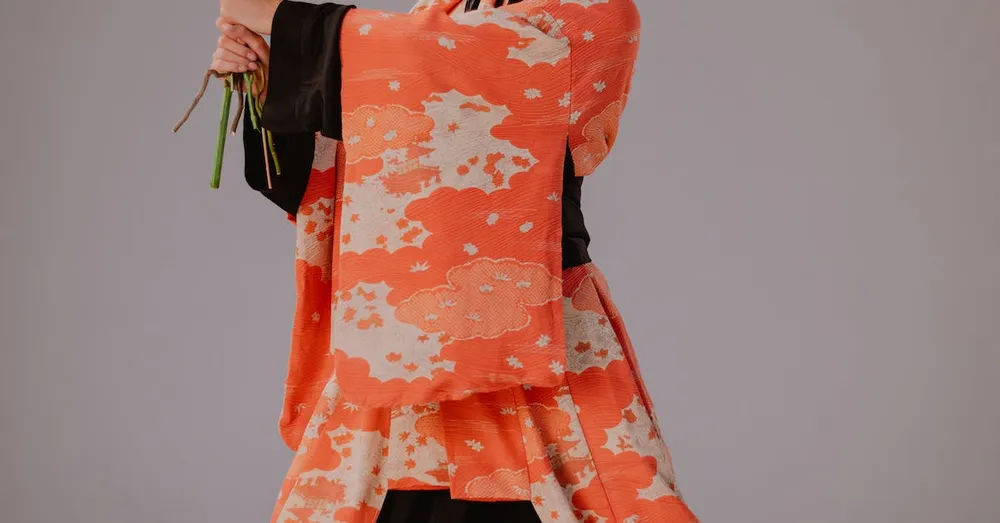
Bunching is a method of organizing and grouping items together in a visually appealing way. It is often used in interior design and decorating, but can also be applied to other areas such as fashion and even personal organization.
In interior design, bunching is often used to create focal points in a room. For example, a group of vases or sculptures on a mantelpiece can draw the eye and add interest to the room. Similarly, a group of paintings or photographs on a wall can create a striking visual impact. Bunching can also be used to add color and texture to a room. A group of colorful throw pillows or a collection of vintage textiles can bring warmth and character to a space.
Bunching can also be applied to fashion. Instead of pairing a single statement piece with a simple outfit, bunching several statement pieces together can create a unique and bold look. For example, layering multiple necklaces or stacking multiple rings can add depth and interest to an outfit. Similarly, pairing multiple patterned or textured fabrics together can create a visually interesting and dynamic look.
In addition to its visual appeal, bunching can also be a practical method of organization. For example, a group of items that are frequently used together, such as a set of kitchen tools or a collection of art supplies, can be grouped together for easy access. Similarly, grouping items by category, such as grouping all the books in a room by genre or author, can make it easier to find what you're looking for.
One of the great things about bunching is that it can be done in a variety of styles and with a wide range of items. It can be done with items that are similar in color or shape, or with items that are completely different but complement each other in some way. It can be done in a symmetrical or asymmetrical way, and it can be done with items that are new or vintage.
Overall, bunching is a versatile and visually appealing method of organizing and decorating. Whether you're looking to create a focal point in a room, add interest to an outfit, or make it easier to find what you're looking for, bunching is a great option to consider. It allows you to play with different shapes, colors, and textures, and create a unique and personalized look.
In my personal experience, I like bunching because it allows me to be creative and express myself in a different way. I enjoy the process of finding items that complement each other and creating a cohesive look. Bunching also allows me to change things up easily and frequently, which keeps my space and my wardrobe feeling fresh and new.
In conclusion, bunching is a simple yet effective way to add visual interest to any space or outfit. It allows for creativity and personal expression, and can also be practical for organization. It's a technique that I highly recommend trying out for yourself and see how it can enhance your home decor, fashion or personal organization.
Another area where bunching can be applied is in gardening. Instead of planting individual flowers or plants in a garden, bunching them together can create a more natural and cohesive look. For example, a group of wildflowers can create a meadow-like feel, while a collection of succulents can add texture and interest to a rock garden. Bunching also makes it easier to care for plants, as they can be grouped together by their water and light needs.
Bunching can also be used in event planning, such as in wedding or party decor. Instead of using a single focal point, bunching several elements together can add depth and interest to the event. For example, a collection of candles or lanterns can create a romantic and intimate ambiance, while a group of balloons can add a playful and festive touch.
In photography, bunching can also be used to create a more dynamic and interesting composition. Instead of focusing on a single subject, bunching several elements together can add depth and interest to a photo. For example, a group of people or objects can create a sense of movement and activity, while a collection of colors and textures can add visual interest.
One important thing to keep in mind when bunching is to consider the scale of the items. Make sure the items you're bunching together are in proportion to the space they're in and to each other. A large group of tiny items can appear cluttered and overwhelming, while a small group of large items can appear sparse and uninteresting.
Another important aspect of bunching is to consider the balance. Asymmetry can be interesting and dynamic, but too much can also appear chaotic. Symmetry can be calming and pleasing to the eye, but too much can be boring. Finding the right balance is key to creating a visually appealing bunching.
In conclusion, bunching is a versatile technique that can be applied in a variety of ways to enhance the visual appeal of any space or object. From interior design and fashion, to gardening and event planning, to photography and personal organization, bunching is a method that allows for creativity and personal expression, while also being practical. With a little bit of thought and experimentation, you can create a unique and visually interesting look that reflects your own personal style.
Комментарии
Отправить комментарий